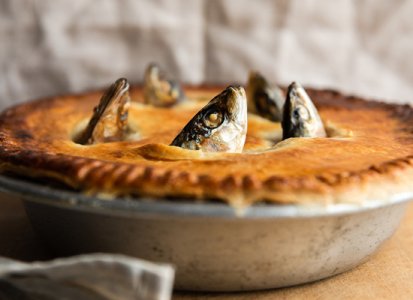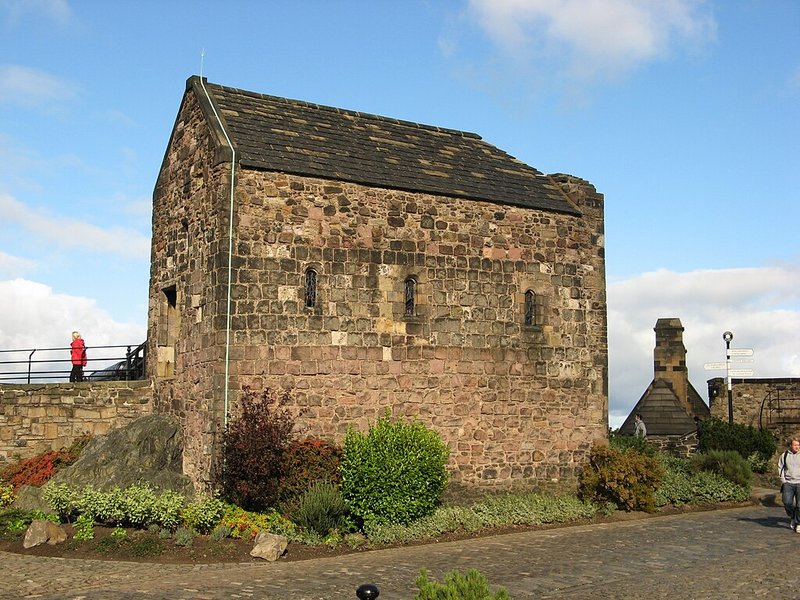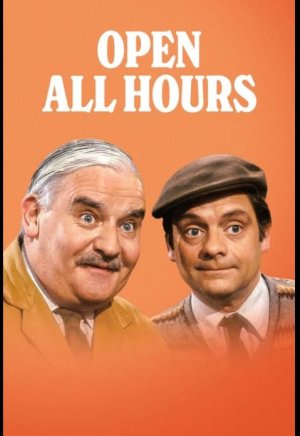We admire the large cathedrals and rightly so…however…I visited the smallest one in the UK many years ago and the history is somewhat impressive.
In the 6th century, the Scottish missionary Kentigern settled briefly in a ridge between the rivers Elwy and Clwyd. Kentigern eventually returned to Scotland (where he is known as St Mungo), but he left behind a follower named Asaph, who gave his name to the village and, eventually, the cathedral church of St Asaph.
Nothing now remains of Asaph's pre-Norman monastery, nor indeed of the 12th century Norman church that replaced it. That church was burned to the ground by the Earl of Warwick's men during Edward I's campaign to subdue the native Welsh in 1282.
The Bishop of St Asaph, Anian II, was livid, for he had supported Edward's campaign, and in retaliation, he became the only bishop in the see of Canterbury who did not excommunicate Edward's Welsh foes.
Eventually, the king and bishop were reconciled, though only after Anian paid 500 marks into the royal treasury. The bishop then embarked on a campaign to rebuild his damaged cathedral by cleverly sending a well-known manuscript of the Gospels on tour through Hereford, Lichfield, and Wales to solicit donations.
If you wish to explore further, check out this link:
https://www.britainexpress.com/attractions.htm?attraction=529




